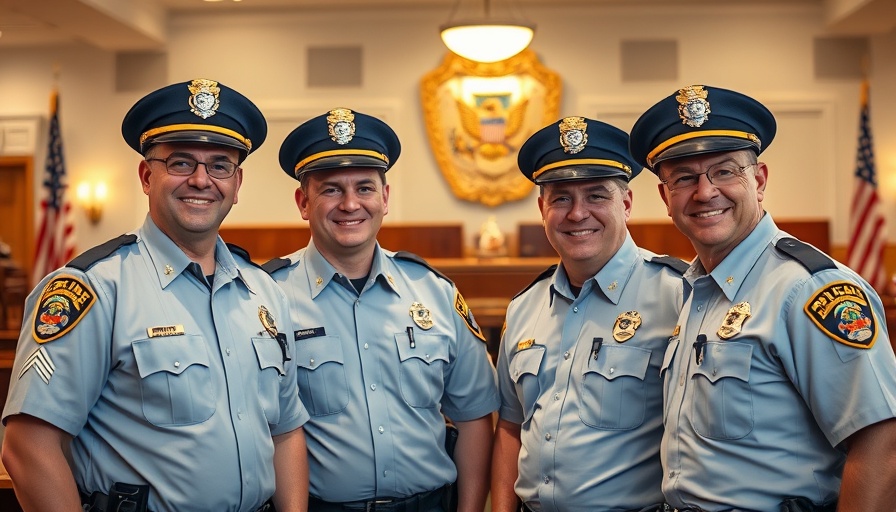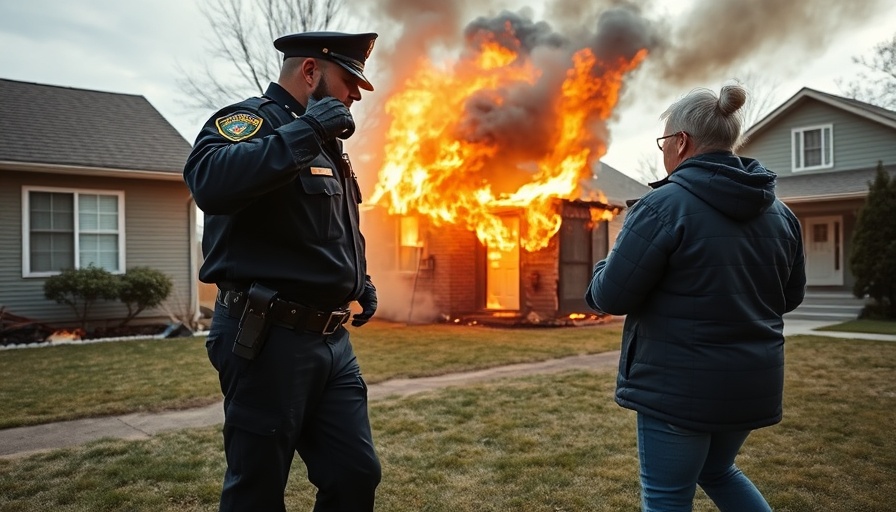
Understanding the Incident: Context and Consequences
In Texas, a tense situation unfolded that highlights the critical role of body-worn cameras (BWC) in law enforcement. A man, pursued by police, drove his vehicle toward an officer, prompting an officer-involved shooting. Such incidents are not just isolated events; they resonate within the broader discussions of police accountability, community trust, and the utilization of technology in public safety. The release of BWC footage from this event is pivotal, providing insight into the decisions made in the heat of the moment and the subsequent actions taken by law enforcement.
The Role of Body-Worn Cameras in Modern Policing
Body-worn cameras stand at the intersection of public transparency and police accountability. They record interactions between officers and the public, serving as both a tool for evidence collection and a mechanism for fostering trust. The footage from the Texas incident can serve as a teaching moment, illustrating how BWCs document the realities of police work and the complexities of use-of-force situations.
Lessons Learned: Training and Preparedness
This incident also emphasizes the need for robust police training programs. Officers must be equipped not only with the skills to handle high-stress situations but also the judgement to assess threats effectively. Integrating real-life scenarios and BWC footage into training can enhance officer preparedness, enabling them to respond to similar situations with greater confidence and control. Continuous training on the usage of technology like BWCs can help officers understand their dual role as protectors and representatives of the law.
Public Perception: Bridging the Gap
The aftermath of police shootings often leads to public outcry and demands for accountability. Body-worn cameras can play a crucial role in reshaping public perception, providing a clearer picture of police actions during critical incidents. By actively engaging with the community and being transparent about the information gathered from BWCs, law enforcement agencies can rebuild trust and establish healthier police-community relations.
Future Implications for Law Enforcement Policies
As discussions surrounding police reform continue, the integration of BWC footage into law enforcement policies is essential. Policymakers should consider how this technology can guide the development of better training protocols and clearer guidelines on the use of force. Moreover, it is crucial to ensure that BWCs are consistently utilized across departments, establishing a standard that upholds accountability and transparency in law enforcement practices.
Call to Action: Enhancing Officer Safety and Community Trust
The integration of body-worn cameras is just one step toward improving officer safety and fostering community trust. It's imperative for police departments to not only invest in technology but also to implement comprehensive training and policy guidelines that prioritize accountability. By embracing transparency, law enforcement can work proactively to prevent misunderstandings and navigate the challenges of modern policing responsibly.
 Add Row
Add Row  Add
Add 

 Add Element
Add Element 


Write A Comment